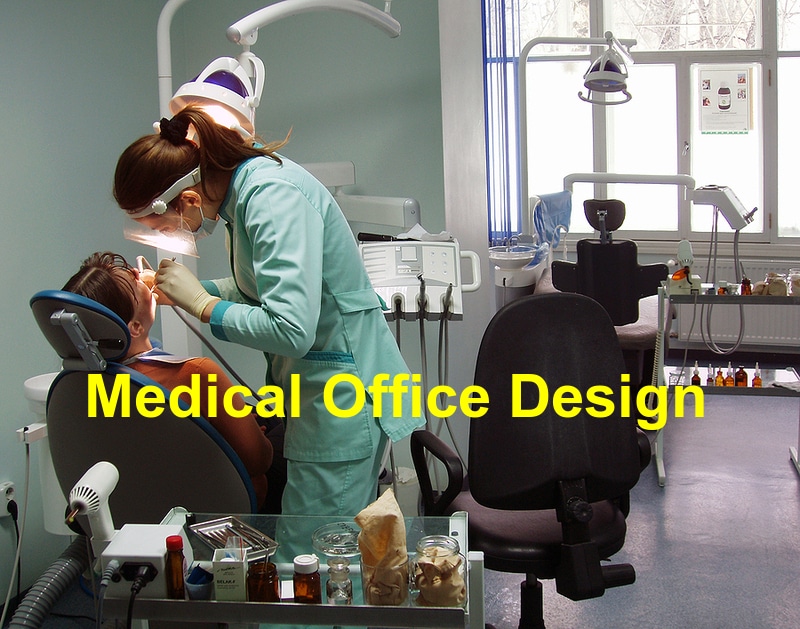The medical industry has developed to become a competitive industry just like any other industry out there. Efficiency, comfort, and good design are all critical in developing a good first impression for the customers and providing comfort. Moreover, medical practitioners need an ample environment with the right facilities to ease their movement around their workstations when delivering services. In this piece, we offer you some of the best tips you need in order to design a good medical office for optimal use and efficiency.
- Develop a Good First Impression
Nobody wants to walk into a dull, boring, and unattractive office especially when they are sick. The office space especially for consultations and examination needs to be neat, well organized, and well designed with the right facilities. We recommend constructing an office specially designed for the task. For instance, examination rooms are to be provided with facilities like sockets for all appliances and devices. Moreover, a waiting room needs to be large enough to serve the number of patients you are expecting.
- Single Direction Traffic Flow
Nothing kills the impression of the patient than having to go around many corners or having so many confusing doors. A good office space needs to have the right facilities to enable the patients to go through a simple process. We recommend having the waiting room in the front followed by the consultation room then the examination room in the furthest end with all doors well labeled.
- Making Adjustments
Changes are inevitable in any setting and an office space is not an exemption. When using an office space, your client may need to make some adjustments depending on their arising needs. We recommend leaving an allowance for changes in the future for medical offices. This will allow the client to adjust their space to suit their future needs.
- Enabling Facilities
A good office space needs the right facilities for storage of drugs and other medical equipment, waste disposal facilities and room for appliances. In addition, a good office space should adopt measures to accommodate people with special needs like lifts and rumps for those on wheelchairs. We recommend having an end picture in mind when designing a medical office space in order to adhere to all specifications and address all needs.
Conclusion
A medical office not only needs to be well designed but also needs to be provided with all facilities to enable optimal provision of services. The above tips we have provided will go a great way in helping you lay the foundation for a good design.




